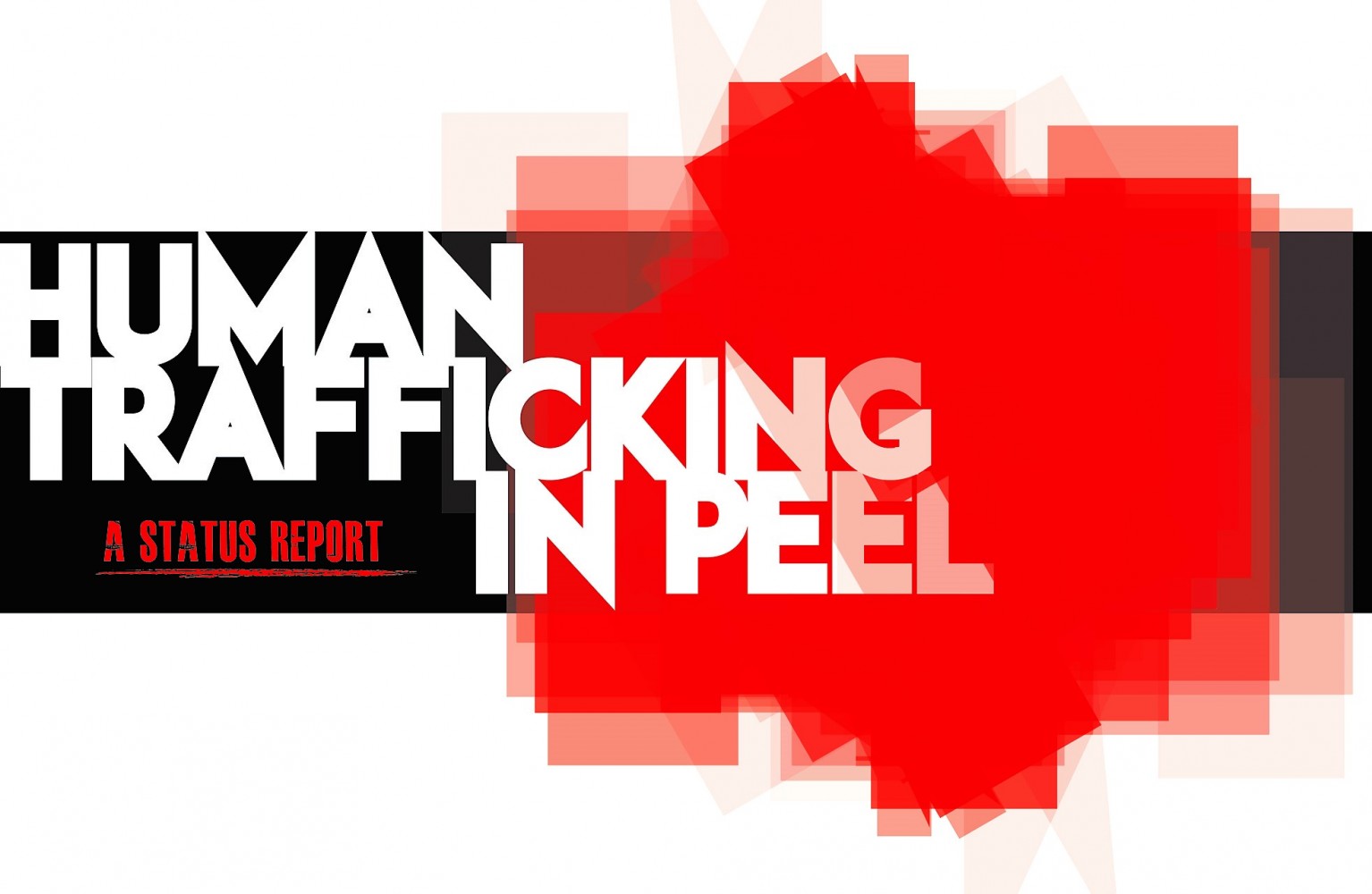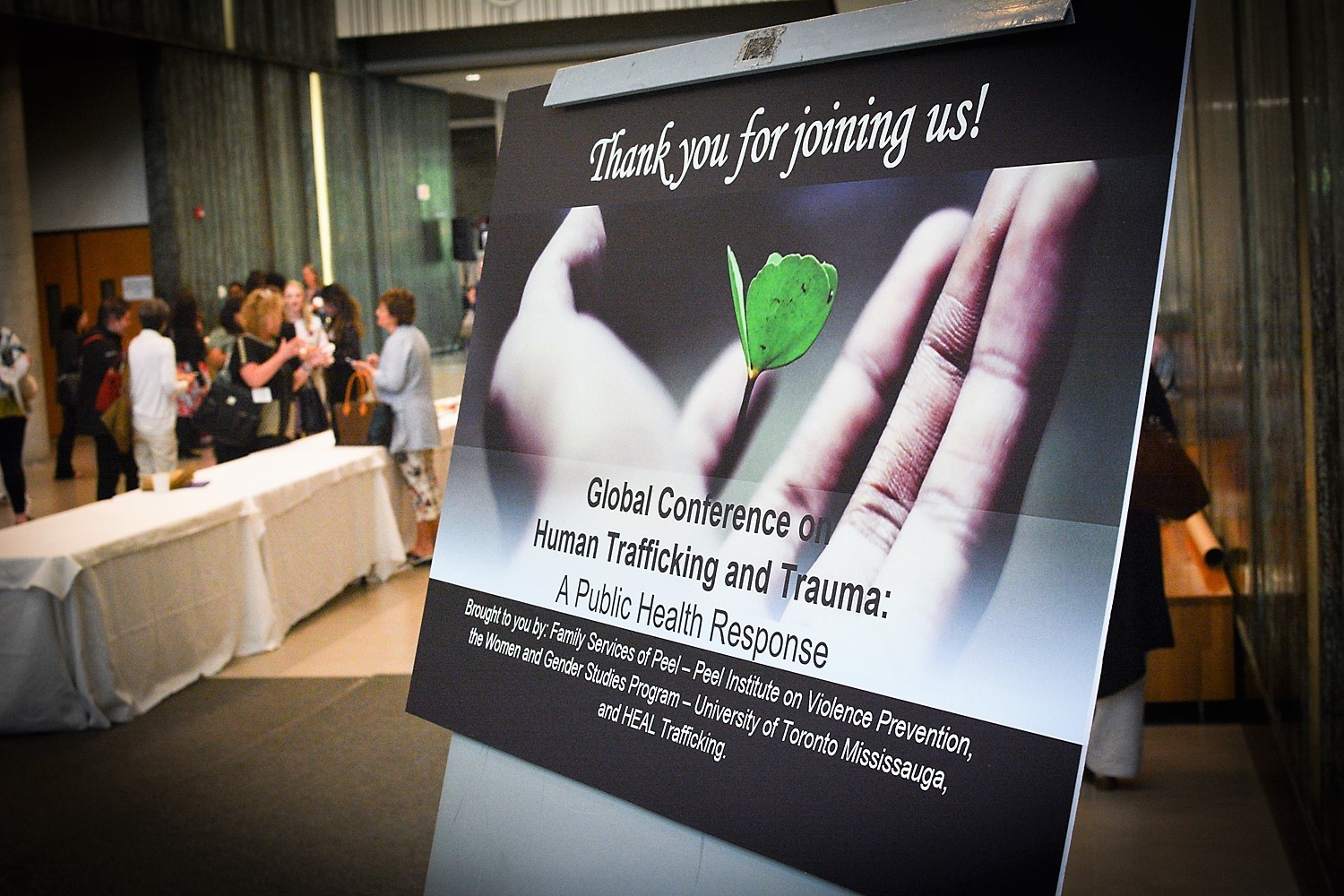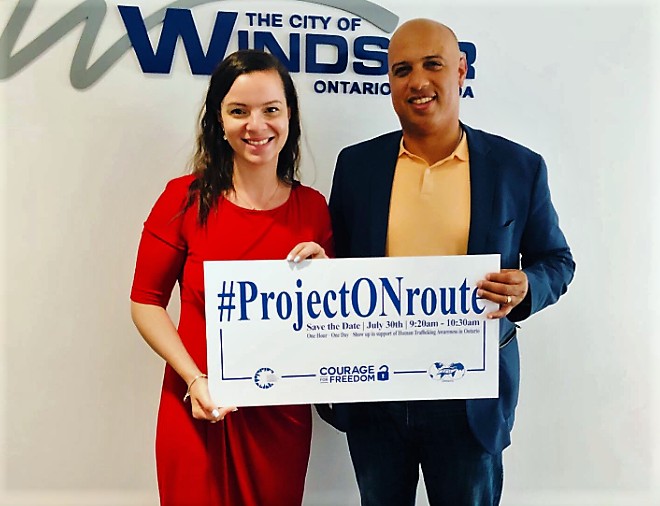
Part 2: Need and nuance — Peel’s human trafficking survivor supports fall woefully short of the need
“I couldn’t do anything. They were crying, holding my hands.”
Rita Dhungel’s tale of a helpless struggle inside an Indian brothel captivated attendees at the Global Conference on Human Trafficking and Trauma last week, encapsulating the emotions that many in the field face at one time or another.
Dhungel, now a community social worker with the City of Calgary, met with the women in the Indian brothel in 2004. She spoke in Hindi, and they told her they were happy, safe, and lucky to be able to make money to provide for their families. But when Dhungel switched to her native Nepalese tongue, a language the brothel owners were unable to understand, the women immediately changed their tone. They were terrified, pleading for help.

Rita Dhungel
It was no use. The brothel owners threatened her, and, fearing for her safety, she fled.
The story didn’t end there. Her painful memories of the women desperate for a way out of the human trafficking trade fuelled Dhungel’s research into better ways to reintegrate human trafficking survivors back into society. If they don’t have a pathway to freedom they won’t even try to escape.

It’s easy to feel helpless in the fight against trafficking. The more public apathy reigns, the more criminals thrive, making human trafficking the fastest growing organized crime enterprise globally. It’s also one of the most profitable, behind only guns and drug sales. However, unlike guns or drugs, which can be sold only once, a human being can be repeatedly sold for sex. Estimates put the worth of the global sex trade at $32 billion annually.
In Canada, the majority of people trafficked are females younger than 25. Indigenous females make up a startling percentage of trafficked individuals. Young Indigenous women account for only 4 percent of the Canadian female population but represent more than 50 percent of sex trafficking victims.
The Global Conference highlighted several areas for improvement within Peel Region, many of which were identified in the Human Trafficking Needs Assessment completed by Family Services of Peel in May.
In Peel Region, which encompasses traditional territory of the Mississaugas of the New Credit, Anishinabek, Huron-Wendat, Haudenosaunee and Ojibway-Chippewa First Nations, services to support Indigenous survivors of human trafficking are limited.
“Our Indigenous services are completely lacking,” says Ashley Smoke, an advocate who previously assisted the Peel HIV/AIDS Network (PHAN), now Moyo Health and Community Services, with a human-trafficking needs assessment in 2018. That study found that, similar to Canada generally, Peel Region has a disproportionate number of Indigenous girls who are victims of sex trafficking.
Programs tailored to Indigenous survivors have incredible success if designed properly. One such program is Okaadenige, in London, Ont., run by Elyssa Rose Jackson.
Jackson, an Anishnaabe Kwe, of the Marten Clan from Kettle and Stony Point First Nation, developed her program in response to the overwhelming overrepresentation of Indigenous young women in human trafficking.
“The impact of colonization is really what has happened to our people,” she told the conference. “It’s difficult when our girls are on community and they have no access to resources, they don’t have transportation.”
Her program aims to heal the deep wounds left by being trafficked, as well as help survivors deal with past traumas that may be affecting their mental health, making them vulnerable to being trafficked again. The program instills four key ideas into young women as the pathway to healing: hope, belonging, meaning, and purpose.
However, such programs are a rarity, and Jackson says hers draws survivors from across Southern Ontario.

Jackson’s program was a change of pace for the conference, a shift away from research and theory to a boots-on-the-ground approach to assist victims with moving on. It seems that heading in this direction ought to be a no-brainer. So why aren’t there more such programs?
It became clear through several other seminars that the funding just isn’t there.
Const. Joy Brown, a member of the Peel Regional Police’s Community Mobilization Unit providing services and education to at-risk, vulnerable communities in Peel, says advocating for sustainable funding should be a priority for local politicians. Brown presented to the conference alongside Caledon Councillor Johanna Downey, both members of the Peel Region Human Trafficking Service Providers Committee.
“We don’t want to have the programs in place, have people get comfortable with it and know that it’s there, then all of a sudden it drops off,” Brown told the seminar.
She wasn’t the only one talking about funding struggles, whether the subject was education campaigns, housing projects, or services for survivors.
Monica Riutort, lead researcher for the Peel Institute on Violence Prevention, explains that Family Services of Peel received funding from the provincial government for the recently completed needs assessment, but there has been no word about new money to act on it.
“We have no commitment whatsoever from the government if there’s going to be funding for the next three years,” she says. “This has to be a societal commitment.”
Most recently, the province announced a series of roundtables to gather ideas to battle human trafficking. The discussions will be chaired by Parliamentary Assistant Belinda Karahalios and Mississauga Centre MPP Natalia Kusendova, and are to include sex trafficking survivors, Indigenous partners, law enforcement and front-line service providers. The move struck some as disingenuous, coming as it did after the Ford government disbanded an expert panel set up by the former Liberal government in 2015 to advise the province on emerging issues about violence against women. No schedule for the upcoming roundtable is available.

Mississauga Centre MPP Natalia Kusendova at a recent human trafficking awareness event in Windsor
Even worse than the tepid commitment, agencies complain that the current process for allocating funding has service providers working against one another. With only a small pool of money to divide among many organizations trying to help human trafficking survivors, they end up competing against one another in grant applications rather than working together to solve the problem.
“This is not a system that encourages coordination, cooperation or exchange of knowledge,” Riutort says. “They separate us.”
Councillor Downey agrees that there’s room for improvement in this area. “I think ultimately we need that coordination across the board so that we’re getting solid funding from our partners, not just bits and pieces here and there.”
Additionally, when funding does arrive, it’s for short-term, pilot projects that last at most about three years. But tackling the impacts of human trafficking and assisting survivors with severe trauma is a process that can’t be completed in a short timeframe.
“You are talking about changes that are not going to happen in a few years,” Riutort says. “That is impossible for the kind of work that we do.”
For survivors, excuses about the lack of funding or political mean little, when they face much larger hurdles.
It takes a big step to get out of the sex trade, and in many cases, women fall back into that life because the lack of life supports outside the trade leave them little choice but to return to their traffickers for support. Often, it’s the only work they know, and in some cases it’s become a part of who they are.
Dr. Natalya Timoshkina, an associate professor in the school of social work at Lakehead University, has been involved in research and advocacy around human trafficking for more than 20 years. Most recently, she’s been studying the ability of social enterprises — for-profit businesses that serve social objectives — to help human trafficking survivors recover and regain independence. Her research was spurred by the fact that too many women were falling back into the sex trade after making the decision to get out.
“Women were getting out, but it was very difficult to stay out, because there was nothing to offer these women but poverty,” she told the conference.
Employment aside, the largest gap in Peel Region is a shortage of housing for survivors. The Family Services of Peel Needs Assessment found “desperate” need for safe housing for human trafficking survivors.
“Safe homes that have on-staff volunteers with human trafficking training can be excellent resources for victims, as often, victims do not know where to turn to escape the complicated trade of sex trafficking,” the report says.
The Region of Peel identified much the same thing, so one of the key pillars of the human trafficking strategy approved by councillors last year is providing housing for survivors.
Peel Council recently approved $1.3 million for a three-year pilot program to create shelter beds for trafficking survivors, including four immediate/emergency shelter spaces and six transitional spaces.
The new shelter spaces will be operated by the Elizabeth Fry Society under a three-year contract with the region. The spots are reserved for females and female-identifying survivors.
As many of these service gaps were highlighted, I began to wonder when solutions would start to reveal themselves, like Dhungel using her traumatic experience inside the Indian brothel to study solutions, or Jackson creating a program that helps Indigenous survivors of human trafficking. Where are the solutions for Peel?
In Part 3 of The Pointer’s series on human trafficking, we examine what is being done in Peel to combat human trafficking and some new ideas that could help.
Email: [email protected]
Twitter: @JoeljWittnebel
Submit a correction about this story


